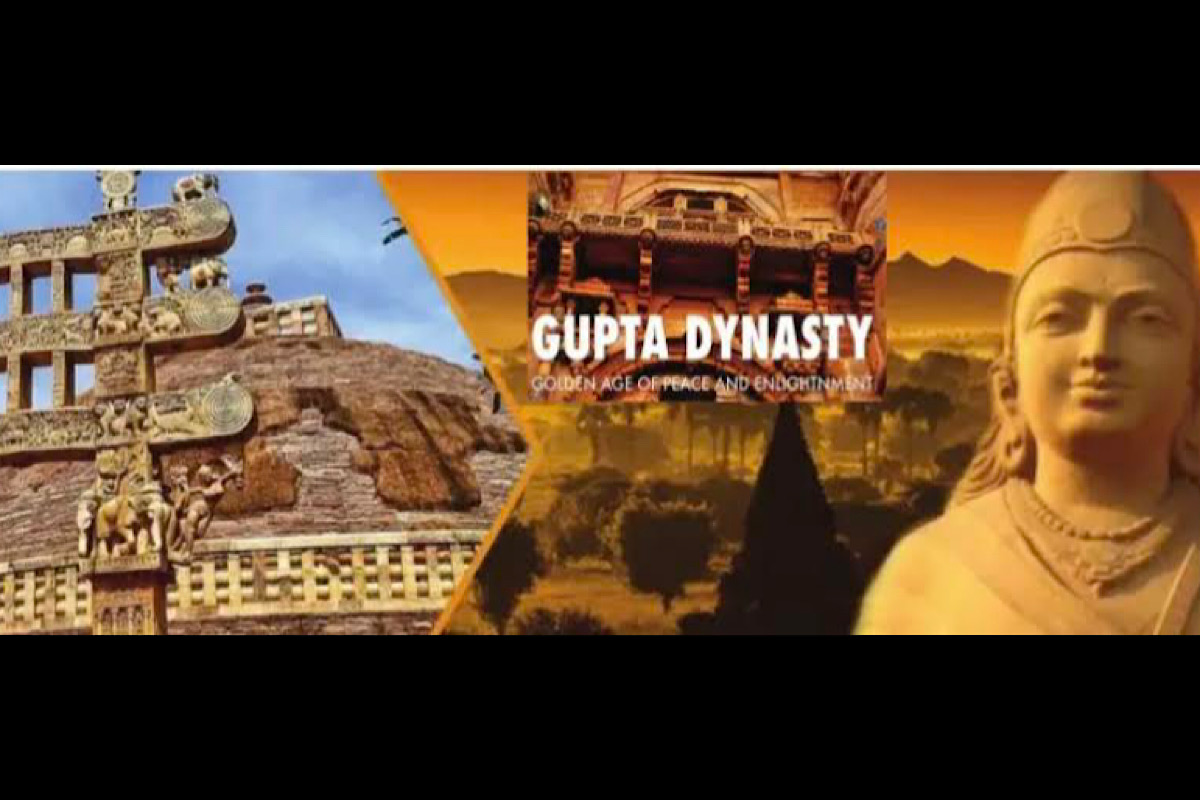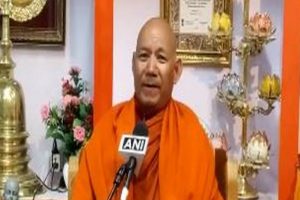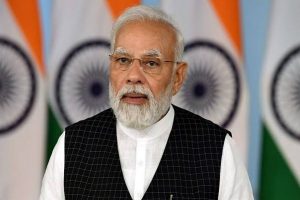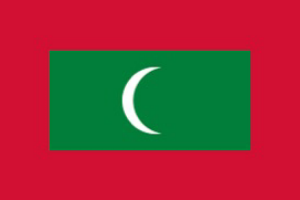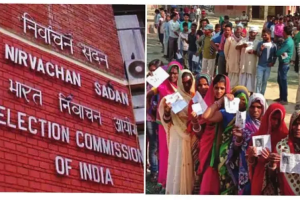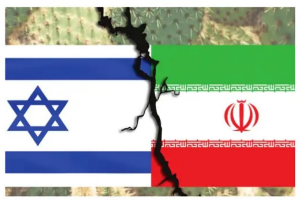The renaissance during the golden period of the Gupta Empire and the subsequent years till the thirteenth century saw the Indian subcontinent make great strides in administration, agriculture, economy, education, art, culture, music, dance, astronomy, mathematics, Ayurvedic medicines, Yoga and literature.
Apart from great works in poetry and drama and biographies, scientific treatises like Natya Shatra, Nritya Shastra, Sangeet Shastra, Yoga Shutra etc. were written during this time.
The wonderful Ajanta Caves and the frescos, and the world’s most monumental sculpture, the Ellora Caves (100 caves) with the Kailash temple (which was carved out of a hill cutting from the top), the Great Stupa at Sanchi, the shore temples at Mamallapuram and many works of art and architecture were completed between the fifth and the eighth century.
The oldest residential university at Nalanda (427- 1197 CE) was established during the Gupta period, it attracted students and scholars from various parts of the world, especially from China and Tibet. It is an interesting aspect of history that Chinese scholars like Faxian or Fa-Hien, Hiuen Tsang or Xuanzang, Yijing and many others who carried the knowledge imparted at Nalanda and took away hundreds of Sanskrit manuscripts, never shared their ancient scripts and knowledge with India.
Meanwhile, a relatively unknown Chola dynasty of Tamil Nadu created a great empire in South India as neighbours of the Mauryan Empire and ruled territories from Sri Lanka to Malaysia, Cambodia, Thailand and Indonesia, where they established the trade routes through the seas.
The Chola dynasty is believed to have the longest lineage in Indian history as evidenced by its mention in the Ashoka Edicts (273 – 232 BCE) as well as in ancient Tamil literature.
The Cholas under Rajaraja-I the Great and Rajendra-I succeeded in building the greatest thalassocratic (maritime) empire, which reached its peak in the tenth and eleventh centuries with a centralized government, an efficient bureaucracy, various development projects like construction of canals for irrigation, and promotion of art, architecture and literature.
One of the descendants of the Chola dynasty, Khmer king Suryavarman II built the biggest temple complex (in 402 acres) at Angkor Wat (“City/Capital of Temples) in the twelfth century. According to the Guinness Book of World Records, it is the largest religious complex in the world.
Even after the decline of the golden period of the Gupta empire, great works of art, architecture and culture continued to flourish at four corners of India from the sixth century till the thirteenth century when invaders consolidated their rule on the holy land and stopped the festival of indigenous arts and cultural activities.
The ancient eternal city of Varanasi, the magnificent Khajuraho monuments (68 temples in 20 square kilometers), the Konarak Sun Temple, Puri Jagannath Temple, Modhera Sun Temple, Meenakshi Sundareswarar Temple, Thanjavur Brihadisvar Temple, Dilwara Temple and many other monuments built during the period are a testimony to the vibrant cultural climate of the time.
Unfortunately, very little is known about the great artists, sculptors and architects who built these magnificent monuments as they remain anonymous for lack of written history. While greater India (Bharatvarsha) had seen the rise and fall of many empires and kingdoms (King Vikramaditya had 21 kingdoms within his empire), the same Indian spirit of peace and harmony and the same principles of governance ran through all the empires and the kingdoms throughout millennia.
There was hardly any king in ancient India who believed in absolutism of power or was a tormentor of his subjects because the emperors and the kings were supposed to rule for the welfare the subjects in accordance with the Vedic principles of life ~ Artha, Kama, Dharma, and Moksha and the ideals of Purushottam Ram. The foundation of good kingship had been Dharma ~ the principles of justice, fairness, detachment and impartiality.
The Buddhist kings, the tallest of whom was Samrat Ashoka, ruled in accordance with the Buddhist principles of non-violence and peace, social and animal welfare and harmony with nature and environment.
The Vedic principles ~ “Vasudhaiva Kutumbakam” (the world is one family ~ universalism), “Tamaso maa jyotisgamayo” (let the light of knowledge remove the darkness of ignorance), “Aano bhadra krtavo yantu vishwatah” (let noble thoughts come to me from all directions) along with Ayurveda Shastra, the Yoga Sutra and the Buddhist principles of non-violence, peace and harmony had been the greatest gifts of India to the world, in addition to mathematics.
Owing to its Catholicism, openness and the spirit of inquiry, ancient India could produce a galaxy of great men and women who have enriched the history of human civilization.
Countless geniuses in various parts of this vast country were born and were honoured by the kings and the rulers. Some of the prominent great personalities were: Veda Vyas, Valmiki, Mahavira, Gautama Buddha (Saints); Chandragupta Maurya, Ashoka, Samudra Gupta, Harsha Vardhana, Dharmapala, Rajaraja Chola I and Rajendra Chola I (Kings); Budhayana, Aryabhatta, Varahamihira, Brahmagupta, Bhaskara-I, lalla, Mahavira (Science & Mathematicians); Charaka, Sushruta, and Patanjali (Medicine), and Panini, Vishakhdatta, Kalidasa, Banabhatta, Bakpatiraja, Bilhana and Kautilya or Chanakya (authors).
These great geniuses constituted the soul of India. It is the beauty of the soul of India that mesmerized many Western intellectuals, visitors and Indologists. The famous American author, Mark Twain who visited India in 1897 wrote: “India is the cradle of human race, the birthplace of human speech, the mother of history, the grandmother of legend and the great grandmother of tradition. Our most valuable and most instructive materials in the history of man are treasured up in India.”
Mark Twain also thought of India as a land of fantasy and simply hard to understand: “an imaginary land ~ a fairy land, a dreamland made of poetry and moonlight for the Arabian Nights to do their gorgeous miracles.” The great German scholar, Max Muller, Professor of Sanskrit at Oxford, who compiled and published four volumes of Rig Veda for the first time (Vedas were Sruti and it was a sacrilege to write the Slokas) wrote: “If I were to look over the whole world to find out the country most richly endowed with the wealth, power and beauty that nature can bestow ~ in some parts a paradise on earth ~ I point to India.” Nobel laureate Romain Rolland, French writer, musician, biographer and philosopher once said, “If there is one place on the face of earth, where all the dreams of living men have found a home from the earliest days when man began the dream of existence, it is India.”
The soul of India was hurt and wounded again and again by foreign invasions. It is said that it is your own beauty which is your worst enemy. It is the unmatched beauty of mother India ~ a paradise and her fabulous wealth of diamonds, gold and silver, which attracted invaders to attack India. Initially, the objective was to loot and plunder but later, they found a paradise to occupy, rule and impose their culture.
There had been at least 200 major invasions to tear up this great civilization. In sharp contrast, China had been occupied only twice, by the Mongolians and the Manchus, who gradually got absorbed in Chinese society. Out of about 200 invasions, some of the most significant that changed the history of India had been:
1. The Persian Invasion: Cyrus the Great, the founder of the Achaemenid Persian Empire launched two invasions in 535 BCE annexing the territories west of the Indus. After his death, Darius the great invaded Punjab and Sind. Xerxes, son of Darius, continued the Persian invasions without success.
2. Greek Invasion of Alexander the Great: Alexander’s Invasion began in 327 BCE. After conquering the Persian Empire, he reached the capital of Taxila and then Punjab where the famous battle of Hydaspes was fought with Porus in 326 BCE, after which he retreated.
3. Muhammad bin Quasim: Muhammad ibn al-Qasim, an Arab military commander of the Umyyad Caliphate invaded India in 712 CE and captured Sind province. This marked the beginning of Muslim rule in India.
4.Sultan Mahmud of Ghazni: Mahmud of Ghazni, the founder of the Turkic Ghaznavid dynasty (998-1020 CE) invaded India seventeen times, the first one in 1001 CE. He destroyed the richest cities and the temple towns of Somnath and Mathura and used the looted wealth to build his empire extending from Iran to Punjab.
5. Muhammad Ghori: Muhammad Ghori first invaded India in 1175 CE occupying Multan and Punjab. After being defeated by Prithvi Raj Chauhan in the First Battle of Tarain in 1191 CE, he returned with a vast army of Turkish cavalry archers and defeated the Rajput army in the Second Battle of Tarain in 1192. Ghori showed no mercy to Prithvi Raj who let him go after the first battle and captured and executed him.
6. Timur: Timur Gurkani, a Turko-Mongol conqueror and founder of the TImurid Empire annexed northern India in 1398 CE. Timur belonging to the family of Genghis Khan destroyed many Indian cities including Delhi and went on a spree of massacring the population everywhere.
7. Babur: Zahir ud-Din Muhammad or Babur, descendant of Timur and Genghis Khan through his father and mother respectively, had been the founder of the Mughal dynasty. Babur led his invasions on India five times, the first four being unsuccessful.
The fifth invasion and the victory in the Battle of Panipat on 29 April 1526 was the beginning of the Mughal Empire and the end of the Delhi Sultanate.
8. Nadir Shah: One of the cruelest invaders like Timur, Nader Shah, the most powerful ruler of Iran, after annexing territories of Afghanistan, made forays into the Mughal Empire. He defeated the Mughal army in the Battle of Karnal on 13 February 1739 and entered Delhi with his army in March 1739 and mercilessly massacred more than 100,000 people over several days (20,000 on day one). He looted coins, gold and silver from the Mughal treasury worth more than 16 million sterling and took away with him the Kohinoor diamond and the Peacock Throne.
9. Ahmad Shah Durrani: Ahmad Shah Abdali of the Durrani dynasty of Afghanistan invaded India eight times between 1748 and 1767 and defeated the Marathas in the Third Battle of Panipat on 14 January 1761.
10. British conquest of India (1757-1947): The British first came to India (Surat) on 24 August 1608 as merchants and the East India Company, under a Royal Charter, became the ruler following the company’s victory in the Battle of Plassy in 1757 laying the foundation of the British Empire.
(The writer is a former Dy. Comptroller &Auditor General of India and a former Ombudsman of Reserve Bank of India. He is also a writer of several books and can be reached at brahmas@gmail.com)

